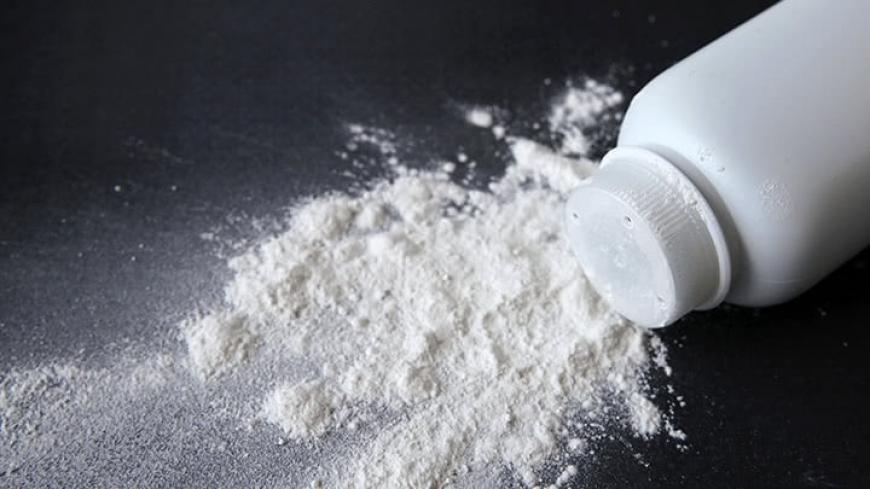Ovarian Cancer Patients Seek Another Talc Victory

The latest talcum powder lawsuit could go a long way toward determining whether Johnson & Johnson is pressed into a wider settlement with thousands of women nationwide who claim that talc-based powders caused their ovarian cancer.
Johnson & Johnson faces an uphill battle trying to convince the jury of its talc products’ safety.
Last year, talcum powder lawsuit defeats cost J&J awards of $72 million, $55 million, and $70 million. In the wake of these verdicts, plaintiff’s attorneys urged J&J to consider settling the remaining cases. But the health products giant has held firm, admitting no wrongdoing and failing to add ovarian cancer risk warnings to talcum powder products like Johnson's Baby Powder.
The next talc lawsuit—scheduled to begin Monday, February 6—pits J&J against more than 60 women and family members seeking damages for alleged talc-related ovarian cancer.
If 2016 is any indication, J&J faces an uphill battle trying to convince the jury of its talc products’ safety, especially as evidence linking talc to cancer mounts.
Swann v. Johnson & Johnson
This case, Swann vs. Johnson & Johnson et. al., puts J&J back in the St. Louis court that last year handed out three talcum powder plaintiffs verdicts totaling $197 million.
J&J is back in the same St. Louis court that handed out three talcum powder plaintiffs verdicts totaling $197 million.
J&J tried to deny jurisdiction in the case for Missouri’s 22nd Judicial Circuit Court, which has a reputation for being plaintiff-friendly. However, a judge denied the jurisdictional appeal, setting the stage for 2017’s first talcum powder cancer lawsuit.
The case combines similar claims from 62 individuals alleging that using Johnson & Johnson's Baby Powder and Shower to Shower Powder for feminine hygiene caused them—or a deceased family member—to develop ovarian cancer.
Plaintiffs hail from more than two dozen states, including Missouri, New Jersey, California, Florida, Michigan, Nebraska, Texas, and Virginia. Their claims include failure to warn, negligence, breach of warranty, and wrongful death. They seek punitive damages, which comprised the bulk of 2016’s sizable talcum powder awards.
After a $72 million talc verdict against J&J in the same court last year, a plaintiff’s attorney told Fortune, “If I were representing them [Johnson & Johnson], I would say, folks, we need to sit down and regroup and start trying to settle these cases.”
But J&J, at least for now, stands by the safety of its talc products. A page on the company’s website maintains talc’s safety, noting that its talc products have been asbestos-free since the 1970s and contain only U.S. Pharmacopoeia grade talc.
Another costly defeat in this 60+ plaintiff lawsuit could force J&J to revisit talc lawsuit settlements. J&J faces more than 2,000 talcum powder lawsuits nationwide. A July 2017 trial is scheduled in Los Angeles Superior Court.
New Study Bolsters Talc-Cancer Link
Johnson & Johnson cites two studies on its website as evidence that there’s no link between talcum powder and ovarian cancer.
So far, though, J&J has failed to counter opposing findings of a link between genital use of talc and ovarian cancer. And a new study published in the European Journal of Cancer Prevention provides additional evidence for talc’s carcinogenic properties.
The study found a “statistically significant association between genital use of talc and ovarian cancer.”
Since the 1970s, dozens of studies have linked talc powder to ovarian cancer. A 2003 analysis looked at 16 separate talc-cancer studies and concluded that women using talcum powder were 33% more likely to develop ovarian cancer.
The latest talc-cancer study—another meta-analysis—came to a similar conclusion, finding a “statistically significant association between genital use of talc and ovarian cancer.”
The American Cancer Society says talcum powder may cause cancer in the ovaries if the powder, applied to the genital area, travels through the vagina, uterus, and fallopian tubes to the ovary. But it also cautions that “if there is an increase risk, the overall increase is likely to be very small.” Women who have won big verdicts against J&J were longtime feminine hygiene talc users.
Winning a talc cancer lawsuit doesn't require a scientific consensus; all that’s needed is to convince the jury of causation in a specific case. This is done with help from experts such as pathologists. In the case of Jacqueline Fox, a pathologist determined that Ms. Fox’s ovaries became inflamed and then cancerous from talc.
If you or a loved one developed ovarian cancer after using talcum powder, you may have a case. Learn more during a free consultation.


